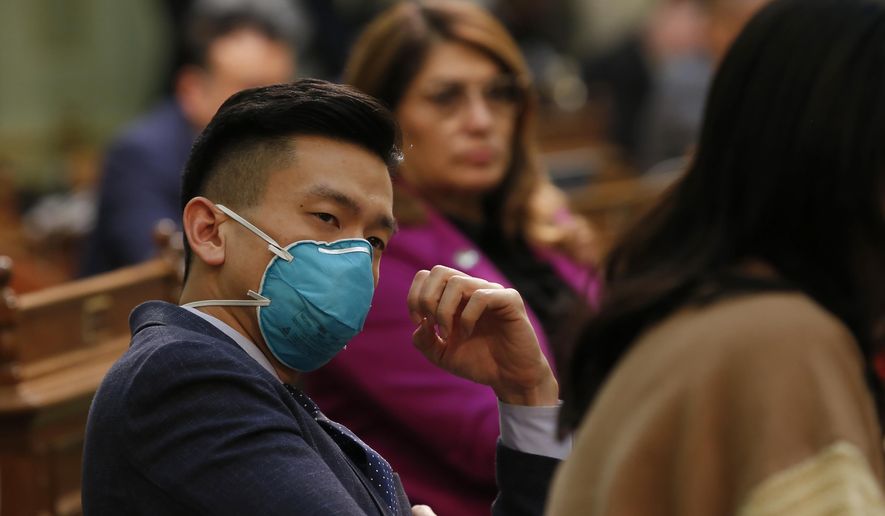A groundbreaking study by Stanford researchers indicates that far more Americans than previously indicated may have been infected with the novel coronavirus — and now carry the protective antibodies, a sign of possible immunity.
In the first large-scale research of its kind, a team led by Dr. Eran Bendavid, an associate professor at the Stanford University School of Medicine, tested 3,300 volunteers in Santa Clara County, California, and found that 2.5 to 4.2% were positive for the COVID-19 antibodies.
That means that in a county of 2 million people, between 48,000 and 81,000 residents would have had the virus, also known as SARS-CoV-2, even though the county health department had reported only about 1,000 cases on April 3-4, when the study was conducted.
“The population prevalence of SARS-CoV-2 antibodies in Santa Clara County implies that the infection is much more widespread than indicated by the number of confirmed cases,” the abstract said. “Population prevalence estimates can now be used to calibrate epidemic and mortality projections.”
The study, “COVID-19 Seroprevalence in Santa Clara County, California,” was published Friday in the journal medRxIV, but has not yet been peer-reviewed.
“Our findings suggest that there is somewhere between 50- and 80-fold more infections in our county than what’s known by the number of cases than are reported by our department of public health,” Dr. Bendavid said in an interview with ABC News’ Diane Sawyer.
Antibody research indicates coronavirus may be far more widespread than known
Initial data from an antibody study in California indicates coronavirus may be far more widespread than the official tally of cases.
Based on the findings, the coronavirus death rate in Santa Clara County would be less than 0.2%. As of April 10, Santa Clara County had recorded 50 deaths from COVID-19.
“If our estimates of 48,000-81,000 infections represent the cumulative total on April 1, and we project deaths to April 22 (a 3 week lag from time of infection to death), we estimate about 100 deaths in the county,” said the study. “A hundred deaths out of 48,000-81,000 infections corresponds to an infection fatality rate of 0.12-0.2%.”
The volunteers, who were recruited through a Facebook ad seeking participants, received finger pricks for blood at three drive-thru sites in the county.
At the same time, the results indicate that at least 95% of county residents did not have the antibodies, meaning that the vast majority would be vulnerable to infection, and that the decision to allow people to return to work would be a “very difficult choice,” Dr. Bendavid said.
He said those who have tested positive for the antibodies should “keep following public health guidelines.”
Finding the number of people who carry the antibodies has become increasingly urgent as the U.S. and other countries seek to reopen their economies after weeks of stay-at-home guidances aimed at flattening the coronavirus curve.
The Food and Drug Administration has issued emergency-use authorizations to four companies for tests to detect whether people have had the coronavirus infection: Cellex, Chembio Diagnostic Systems, Ortho Clinical Diagnostics and the Mount Sinai Laboratory.
In its fact sheet, the FDA said the tests were designed to minimize false positives, but that they remain a risk.
“A positive result for IgG may not mean that a patient’s current or past symptoms are due to COVID-19 infection,” said the FDA. “Laboratory test results should always be considered in the context of clinical observations and epidemiological data in making a final diagnosis and patient management decisions.”
This isn’t the first time Stanford researchers have challenged the projections on COVID-19.
In a March 24 op-ed in the Wall Street Journal, Dr. Bendavid and Dr. Jay Bhattacharya said the estimated death rate for the virus, then 2-4%, was far too high, given the “woefully low” testing rates.
“If the number of actual infections is much larger than the number of cases — orders of magnitude larger — then the true fatality rate is much lower as well. That’s not only plausible but likely based on what we know so far,” the medical researchers said.
• Valerie Richardson can be reached at vrichardson@washingtontimes.com.




Please read our comment policy before commenting.